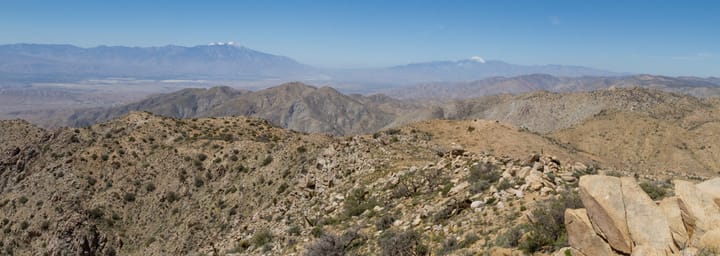The Outlaw Mine is one of those places that beckons to the adventurous explorer, not for what remains, but for its sheer remoteness. I knew there wouldn't be much left at the site, but the allure of visiting one of Joshua Tree's most isolated mines was irresistible.
Read next

Perilous Portal Pictographs

Los Angeles and Brooklyn Mines

Bernard and Little Berdoo Peaks
In a far corner of the Little San Bernardino Mountains of Joshua Tree National Park lie Bernard and Little Berdoo Peaks, two seldom-visited summits with incredible views. This adventurous cross-country ramble climbs up rugged canyons and rocky ridges to reach these two peaks. The views are the reason to be
